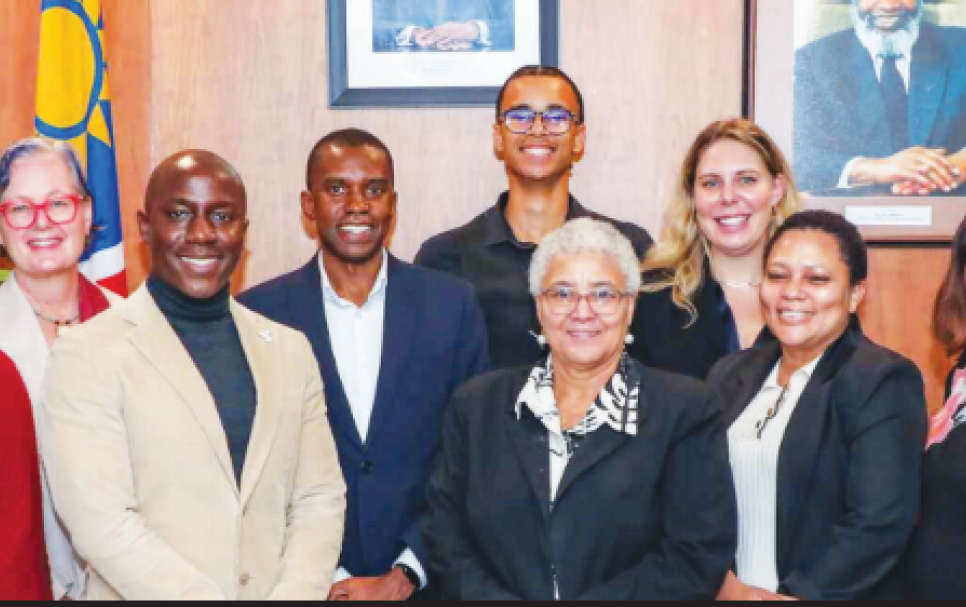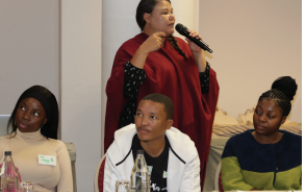Green hydrogen’s N$25M scholarships

- By Renthia Kaimbi
The Namibia Green Hydrogen Programme (NGH2P) has announced the allocation of N$25 million to fund scholarships for students from the ||Kharas and Hardap regions. While this investment is a landmark boost for Namibia’s green energy ambitions and has further secured the country a top global ranking in climate investment competitiveness.
These achievements highlights the nation’s accelerating move towards renewable energy development. The scholarship initiative is a response to long-standing appeals from regional leaders who are calling for a targeted educational support. James Mnyupe, head of the programme, stressed that the fund addresses historically low applications from these regions in its initial phases.
“This [tailored] intervention aims to cultivate local expertise for Namibia’s energy transition,” Mnyupe stated.
The initiative aligns with broader strategies to drive ‘green industrialization’ and reduce economic dependency on the volatile mining sector.
The scholarships were developed with Germany’s Federal Ministry of Education and Research and the Southern African Science Service Centre (SASSCAL). It will be implemented through the Ministry of Education, Innovation, Youth, Sport, Arts and Culture with the first student intakes slated for July 2025.
Furthermore, Mnyupe revealed that Namibia’s application to the Climate Investment Fund’s (CIF) Industry Decarbonisation Programmem was ranked first in Africa and third globally. “This submission was prepared and submitted under great mentorship from the Ministry of Finance and well supported by multilateral development banks including the World Bank Group,” he stated.
The CIF endorsement could accelerate projects like the green hydrogen ports at Lüderitz and Walvis Bay.
These plans were advanced at the World Hydrogen Summit and Exhibition in Netherlands, showcasing Namibia’s vision to 15,000 international delegates.
According to Mnyupe: “We were able to showcase how ports can be landlords to major industrial clusters. [This we did] during a boat tour which took us through the sprawling cluster of the port of Rotterdam, spanning more than 40 kilometers.”
He credits multilateral partnerships, including mentorship from Tariye Gbadegesin, the CIF chief executive officer and the World Bank support, for the recent successes. He also mentioned the Namibia Investment Promotion and Development Board (NIPDB) for streamli
- 337 views






Comments